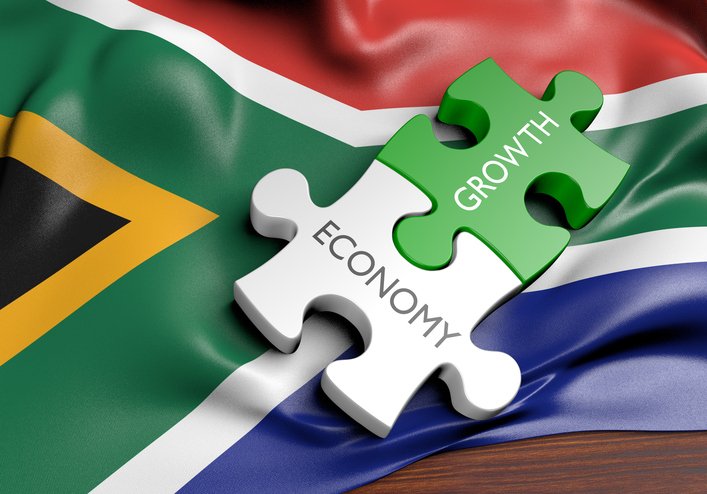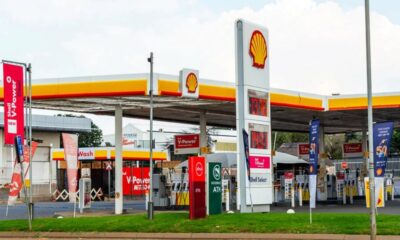News
Why South Africans Are Falling Behind: A Decade of Low Growth Takes Its Toll

A Lost Decade: How South Africa Fell Behind the World
For many South Africans, life feels like it’s getting harder and the numbers now confirm it. According to Investec Wealth & Investment International, the country’s sluggish economic growth since 2010 has left its citizens significantly poorer than the global average.
It’s not just a dip. It’s a decoupling.
“You can see a complete break away of South Africa’s GDP per capita from the rest of the world starting in 2010,” said Osagyefo Mazwai, investment strategist at Investec, which manages R530 billion in assets. “We’ve been moving in the wrong direction ever since.”
By the Numbers: Just How Far Behind Are We?
In 2023, South Africa’s GDP per capita, adjusted for purchasing power parity, stood at $15,194, compared to the global average of $22,850. That’s a sobering R140,000 gap in earning potential per person.
Worse still, had the country merely kept pace with its emerging market peers, our economy would be 37% larger, and the state would have collected R5 trillion more in taxes over the last decade. That’s money that could have gone to fixing roads, hospitals, or even reducing debt.
What Went Wrong?
South Africa’s economic woes are a cocktail of long-standing issues:
-
Load shedding that has hobbled businesses.
-
Corruption that has bled billions.
-
Crime that stifles investment.
-
Decaying infrastructure that makes daily life harder.
-
And foreign policy missteps that have strained global relations.
All of this has tanked business confidence, which remains stuck below the 50-point mark, indicating contraction, for most of the post-2008 period, according to the Bureau for Economic Research.
The Investment Breakdown: We’re Not Building
Gross Fixed Capital Formation (GFCF) essentially how much we’re investing in productive assets like factories, roads, and systems was only 15% of GDP in 2024.
Compare that to:
-
China at 40%
-
India at 30%
-
Russia at 22%
“We can’t expect to grow when we’re not investing,” said Cumesh Moodliar, CEO of Investec Bank. “India isn’t happy with 6% growth. Why are we hovering at 1%?”
How Do We Catch Up?
To close the gap and catch up to the world average within 10 years, Investec estimates that South Africa’s GDP per capita would have to grow at 8% annually, a near-impossible pace for an economy currently limping along at around 1%.
Even with optimistic projections, Investec only sees growth reaching 3% by 2030.
What Needs to Change?
More than anything, South Africa needs decisive, confident policy execution. Investors and businesses need certainty. That means:
-
Cutting red tape
-
Fixing Eskom and infrastructure
-
Supporting entrepreneurship
-
Boosting public-private partnerships
-
And, above all, restoring trust in government
Because when business confidence goes up, so does growth.
The Clock Is Ticking
The world isn’t waiting for South Africa to get its act together. Without bold action, South Africans will continue to fall behind, not just compared to the rest of the world, but to our own potential.
“The runway is still there,” said Mazwai, “but we need to start the engines.”
{Source: Polity}
Follow Joburg ETC on Facebook, Twitter , TikTok and Instagram
For more News in Johannesburg, visit joburgetc.com



























